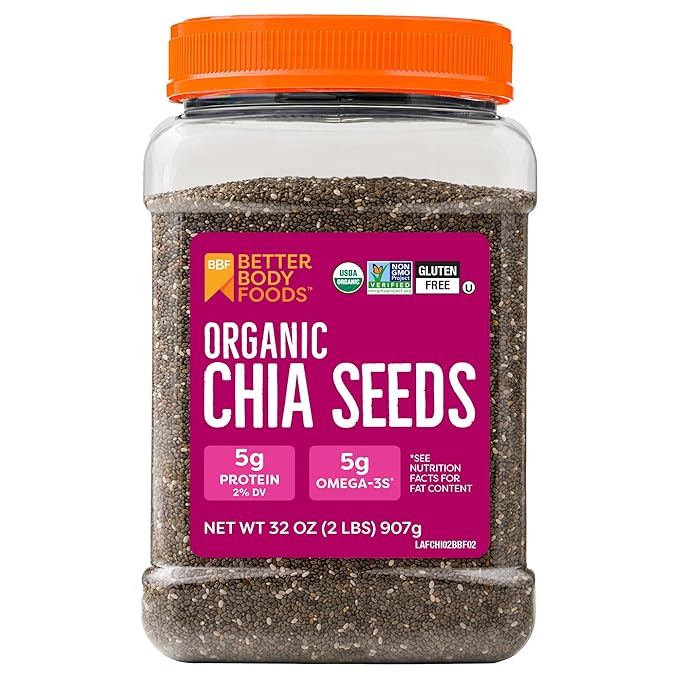Understanding Sarcopenia in 2025: A Comprehensive Guide to Muscle Loss with Aging
Sarcopenia has been defined as an age related, involuntary loss of skeletal muscle mass and strength. Beginning as early as the 4th decade of life, evidence suggests that skeletal muscle mass and skeletal muscle strength decline in a linear fashion, with up to 50% of mass being lost by the 8th decade of life [1].
As we age, our bodies undergo a series of natural changes that can affect our overall health and well-being. One of these changes is the loss of muscle mass and strength, a condition known as sarcopenia. In this article, we will delve into the world of sarcopenia, exploring its symptoms, causes, diagnosis, and available treatments.

What is Sarcopenia?
Sarcopenia is a progressive condition characterized by the loss of skeletal muscle mass and strength. It is a natural part of the ageing process, but it can also be influenced by various factors such as lifestyle, nutrition, and underlying medical conditions. Sarcopenia can affect anyone, but it is more common in older adults, with estimates suggesting that up to 50% of people over the age of 80 are affected.
Symptoms of Sarcopenia
The symptoms of sarcopenia can vary from person to person, but common signs include:
- Muscle weakness: Difficulty performing daily activities, such as walking, climbing stairs, or carrying groceries.
- Loss of muscle mass: Visible loss of muscle tissue, particularly in the arms and legs.
- Fatigue: Feeling exhausted, even after resting.
- Poor balance and coordination: Increased risk of falls and injuries.
- Decreased mobility: Difficulty moving around, getting up from a chair, or walking.
Causes of Sarcopenia
While ageing is the primary cause of sarcopenia, several other factors can contribute to its development, including:
- Hormonal changes: Decreases in hormone levels, such as testosterone and growth hormone, can affect muscle mass and strength.
- Lack of physical activity: A sedentary lifestyle can lead to muscle atrophy and weakness.
- Poor nutrition: Inadequate intake of protein, vitamins, and minerals can impede muscle growth and maintenance.
- Chronic diseases: Conditions such as diabetes, arthritis, and heart disease can increase the risk of sarcopenia.
- Genetics: Family history can play a role in the development of sarcopenia.
Diagnosis of Sarcopenia

Diagnosing sarcopenia involves a combination of physical examination, medical history, and laboratory tests. Your doctor may:
- Conduct a physical exam: Assess muscle strength, tone, and mass.
- Review medical history: Discuss your lifestyle, nutrition, and any underlying medical conditions.
- Order laboratory tests: Measure muscle mass, bone density, and hormone levels.
Treatments for Sarcopenia
While there is no cure for sarcopenia, several treatments can help manage its symptoms and slow its progression. These include:
- Resistance training: Engage in regular exercise, such as weightlifting or bodyweight exercises, to build muscle mass and strength.
- Protein supplementation: Increase protein intake to support muscle growth and maintenance.
-

Calcium & Vit D https://a.co/d/8egDWVc Vitamin D and calcium supplements: Maintain strong bones and prevent osteoporosis.
- Hormone replacement therapy: Address hormonal imbalances that may contribute to sarcopenia.
- Physical therapy: Improve mobility, balance, and coordination.
Effectiveness and Potential Side Effects
The effectiveness of these treatments varies from person to person, and potential side effects should be discussed with your doctor. For example:
- Resistance training: May cause muscle soreness or injury if not done properly.
- Protein supplementation: May interact with certain medications or worsen kidney function.
- Vitamin D and calcium supplements: May cause stomach upset or interact with other medications.
- Hormone replacement therapy: May increase the risk of certain cancers or cardiovascular events.
- Physical therapy: This may cause temporary discomfort or fatigue.
Natural Remedies for Sarcopenia: Household Items and Herbs
While sarcopenia is a complex condition, certain household items and herbs may help prevent or alleviate its symptoms. Here are some examples:
Household Items:
- Protein-rich foods: Consuming protein-rich foods like eggs, lean meats, fish, and dairy products can help build and maintain muscle mass.
- Vitamin D-rich foods: Foods rich in vitamin D, such as fatty fish, egg yolks, and fortified dairy products, can help maintain muscle strength and function.
-

Chia Seeds Omega-3-rich foods: Foods high in omega-3 fatty acids, like salmon, walnuts, and chia seeds, may help reduce inflammation and promote muscle health.
- Resistance bands: Using resistance bands for exercise can help improve muscle strength and function.
- Walking aids: Using walking aids like canes or walkers can help improve mobility and reduce the risk of falls.
Chia Seeds https://a.co/d/4c63ox7
Herbs:
- Ginseng: Ginseng may help improve muscle strength and function, as well as reduce inflammation and oxidative stress.
- Turmeric: Turmeric contains curcumin, which has anti-inflammatory and antioxidant properties that may help reduce muscle damage and improve function.
- Ginger: Ginger has anti-inflammatory properties that may help reduce muscle pain and improve function.
- Ashwagandha: Ashwagandha may help reduce stress and anxiety, which can contribute to muscle weakness and sarcopenia.
- Saw palmetto: Saw palmetto may help improve muscle strength and function, as well as reduce inflammation and oxidative stress.
Other Natural Remedies:
- Massage therapy: Massage therapy may help improve muscle function and reduce muscle pain.
- Acupuncture: Acupuncture may help improve muscle function and reduce pain.
- Yoga and tai chi: Practicing yoga and tai chi may help improve balance, flexibility, and muscle strength.
- Adequate sleep: Getting adequate sleep is essential for muscle recovery and growth.
- Stress management: Managing stress through techniques like meditationBreathing Exercises For Stress, Training, and Lung Capacity 1 and deep breathing may help reduce muscle tension and improve function.
By following the guidelines outlined in this article and consulting with healthcare professionals, you can take the first steps towards maintaining muscle health and preventing sarcopenia. Remember, a healthy lifestyle and regular exercise can help you stay strong and independent as you age.
Important Note:
While these household items and herbs may help prevent or alleviate sarcopenia symptoms, it is essential to consult with a Doctor before using any new remedies, especially if you have an underlying medical condition or are taking medications. A Doctor can help you develop a personalized plan to manage sarcopenia and improve overall health.
This post has some affiliate links, that means if you purchase the item, Imay get a portion as affiliate partner of Amazon.
Conclusion
Sarcopenia is a common condition that affects many older adults, but it is not an inevitable part of ageing. By understanding its symptoms, causes, and diagnosis, we can take steps to prevent or manage its progression. With the help of healthcare professionals and a commitment to a healthy lifestyle, it is possible to maintain muscle mass and strength, reducing the risk of falls, injuries, and other age-related diseases.
Disclaimer: The contents of this article are intended to raise awareness about common health issues and should not be viewed as sound medical advice for your specific condition. You should always consult with a licensed medical practitioner before following any suggestions outlined in this article or adopting any treatment protocol based on the contents of this article.
References:
National Institute on Aging. (2020). Sarcopenia.
American College of Sports Medicine. (2018). Progression Models in Resistance Training for Healthy Adults.
Journal of the American Geriatrics Society. (2019). Sarcopenia: A Review of the Current Literature
Mayo Clinic. (2020). Sarcopenia: Symptoms & causes.
Kumar, V., et al. (2018). Sarcopenia: A review of the literature. Journal of Clinical and Diagnostic Research, 12(9), OE01-OE04.
Top 15 High Protein Vegan Recipes: No More Eating a Chicken a Day


